When it comes to solar panels, one of the first questions that often pops up is: "Which direction should they face?" The immediate response might be "south," but the truth is, the answer isn’t always so straightforward. There are several factors that influence where and how you place your solar panels. If you're located in the northern hemisphere, a south-facing installation is typically the best option. This orientation ensures that your panels receive the most sunlight throughout the day, maximizing energy output. However, other options like east or west-facing setups can also work depending on your specific situation. Continue reading to explore the different solar panel directions, what affects their performance, and how you can make the most out of your solar investment. Contents The first step in going solar is assessing whether your roof is a good fit for a solar panel installation. Here are some key factors to consider: A south-facing roof is ideal for solar panels because it receives the most direct sunlight. East or west-facing roofs can still generate electricity, but they may not be as efficient. North-facing roofs are usually not recommended unless there are no other options. Shading from trees, buildings, or other structures can significantly reduce the efficiency of your solar panels. If your roof is frequently shaded, it might be worth considering alternative solutions or installing a system that includes optimisers to help manage the impact of shade. The angle of your roof can affect how much sunlight your panels capture. Most roofs have a pitch between 30 and 40 degrees, which is ideal for solar panels. If your roof has a flatter or steeper slope, adjustments may be needed to maximise performance. Before installing solar panels, ensure your roof is in good condition. Any leaks, damage, or weak spots should be repaired first. Solar panels are heavy, so it's important that your roof can support them without issues. Certain materials, such as thatch or glass, may not be suitable for solar panel installations due to structural or safety concerns. It's best to consult with an installer to determine if your roof material is compatible with solar panels. The size of your roof will determine how many solar panels you can install. Even a small roof can accommodate a few panels, but larger systems will need more space. Be sure to account for any obstructions like vents or skylights. In most cases, you don't need planning permission to install solar panels on a residential roof. However, exceptions apply for properties in conservation areas or listed buildings. Always check local regulations before proceeding. To understand the best direction for your solar panels, it helps to know how the sun moves across the sky. In the northern hemisphere, the sun travels from east to west, passing through the southern part of the sky. This makes south-facing panels the most effective at capturing sunlight. However, east and west-facing panels can still work well, especially if your electricity provider uses a time-of-use rate structure. These panels can provide energy during peak hours when electricity costs are higher, helping you save money over time. West-facing solar panels are particularly beneficial in areas where electricity rates are higher during the late afternoon and evening. These panels can capture the sun's rays during those peak hours, reducing reliance on grid power when it's most expensive. While there are scenarios where east or west-facing panels can be effective, the best overall direction for solar panels in the northern hemisphere is south. This orientation allows the panels to capture the most sunlight throughout the day, leading to optimal energy production and long-term savings. Solar Panels Network recently helped a homeowner in Cambridgeshire who wanted to cut energy costs and reduce their carbon footprint. Their property had an east-west facing roof, which posed a challenge for traditional solar panel placement. The goal was to design a solar system that could still deliver strong results despite the non-ideal roof orientation. Our team conducted a detailed site assessment and developed a custom solution that balanced energy production with practical constraints. This case study shows that even with less-than-ideal roof orientations, homeowners can achieve great results with smart design and technology. Solar Panels Network continues to provide tailored, efficient, and sustainable solar solutions for every client. South-facing panels are the best choice in the UK. They get the most sunlight and produce the most energy, making them the most cost-effective option for most homeowners. Senior Solar Engineer East and west-facing panels can still be useful, especially with the right equipment. Microinverters and optimizers help balance energy production and keep costs manageable. Solar Installation Specialist Each home is unique. We tailor our recommendations based on roof conditions, shading, and energy usage patterns to ensure the best outcome for every client. Renewable Energy Consultant Looking to switch to solar? Solar Panels Network is here to guide you. As a trusted name in the UK, we help homeowners and businesses harness clean, renewable energy while saving money and reducing their environmental impact. Contact us today and take the first step toward a brighter, greener future. Solar panels facing south are the most efficient in the northern hemisphere. They receive the most sunlight and generate the most energy. However, if a south-facing roof isn't an option, other directions can still work with the right setup. Adding more panels, using optimizers, or choosing a different orientation can all help you reach your solar goals. And with the falling cost of solar technology, now is a great time to invest in a cleaner, more affordable energy future. Solar Panels Network is dedicated to delivering high-quality solar solutions across the UK. Our team of experts provides reliable, customer-focused services, from initial consultations to full installation and maintenance. With years of experience in the industry, we are committed to promoting sustainable energy and helping clients make informed decisions about their solar journey. Stainless Steel Plate,Avanchy Stainless Steel Plate,316 Stainless Steel Plate,304 Stainless Steel Plate Shandong Great Steel Co.,Ltd , https://www.great-steel.com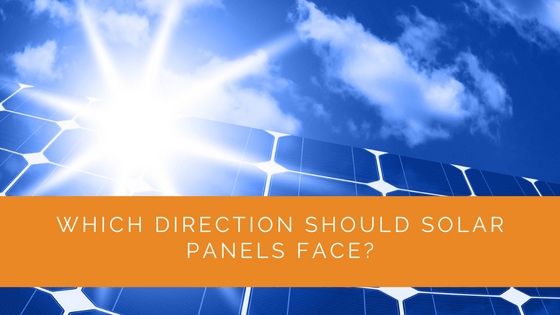
Key Takeaways
Is Your Roof Suitable for Solar Panels?
Roof Orientation
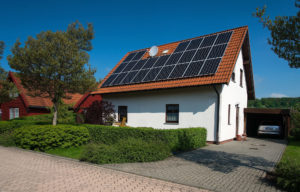
Roof Shade
Roof Pitch
Roof Condition
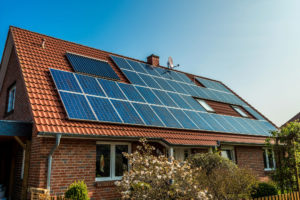
Roof Materials
Roof Size
Roof Availability
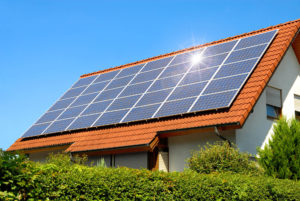
East-West V/S South Solar Placement
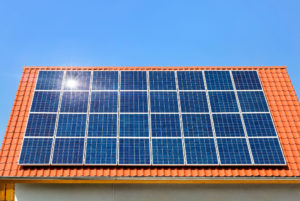
West Facing Solar Panels
The Best Solar Panel Direction
Case Study: Optimising Solar Panel Orientation for Maximum Energy Production
Background
Project Overview
Implementation
Results
Summary
Expert Insights From Our Solar Panel Installers About Which Direction Solar Panels Should Face
Discover the Power of Solar with Solar Panels Network
Wrapping Up
About the Author
June 30, 2025